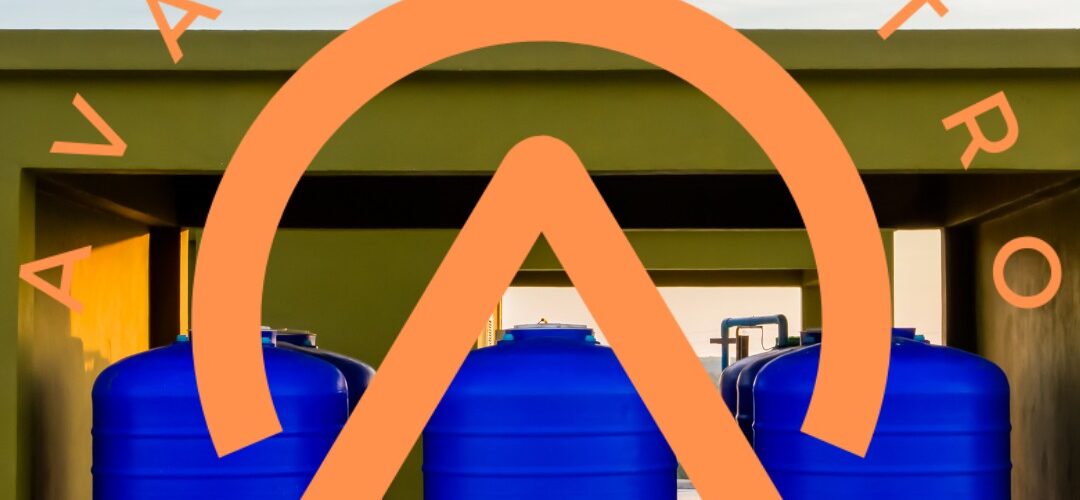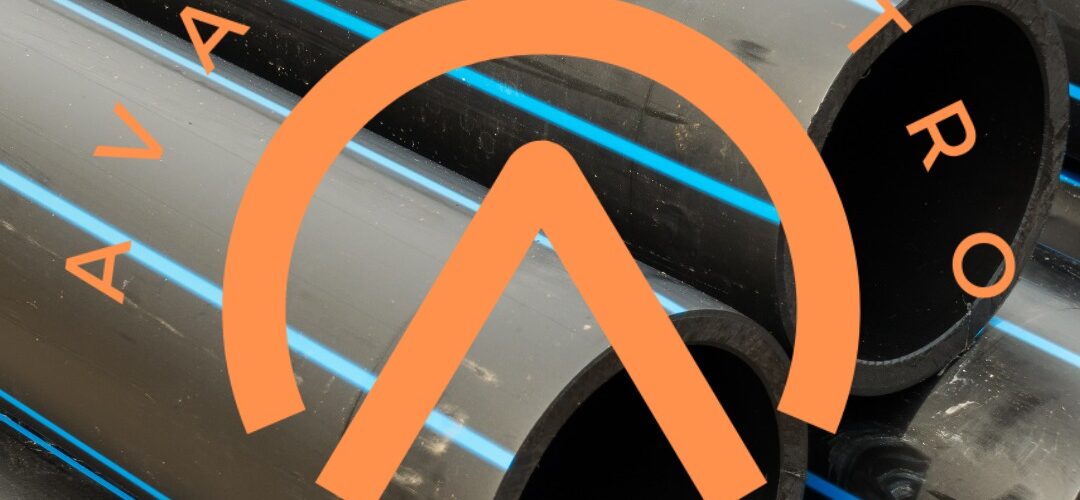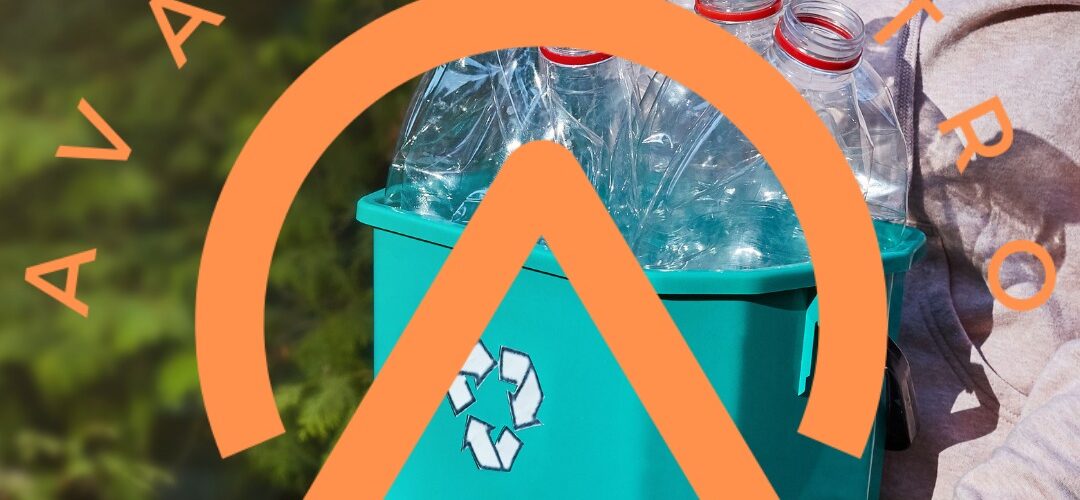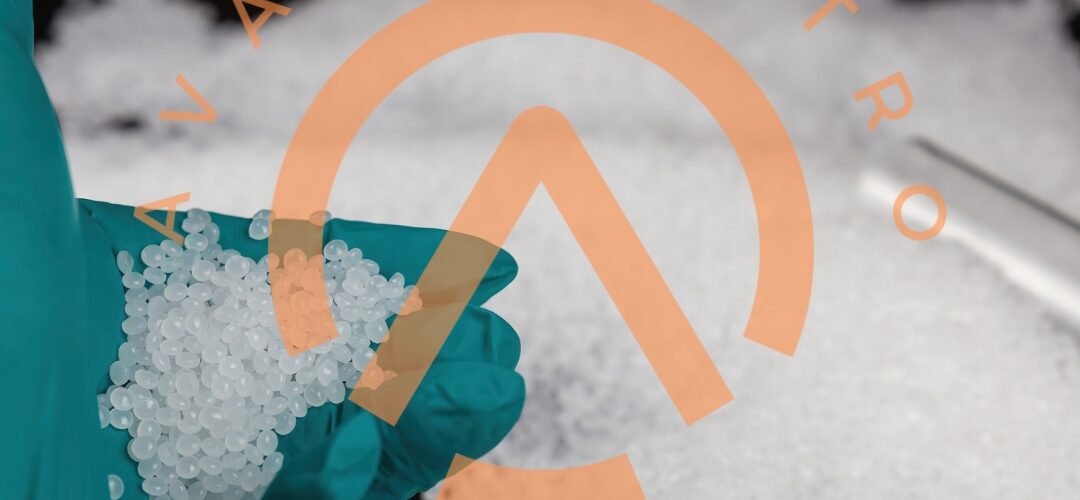What is Raw Material Supply Logistics
Unveiling Raw Material Supply Logistics: A Comprehensive Guide
Introduction
Welcome to a detailed exploration of Raw Material Supply Logistics – a critical aspect of modern business operations that often remains in the shadows. In this comprehensive guide, we delve into the intricacies of managing raw material supply chains, shedding light on the key elements that contribute to seamless operations and enhanced efficiency.
Understanding Raw Material Supply Chain
Defining Raw Material Supply Logistics
Raw Material Supply Logistics involves the end-to-end process of sourcing, transporting, and managing raw materials essential for manufacturing and production processes. This intricate system ensures a continuous and efficient flow of materials from suppliers to manufacturers, ultimately shaping the foundation of countless industries.
Key Components of Raw Material Supply Logistics
- Sourcing Strategies: A robust logistics system begins with strategic sourcing. Efficient businesses explore diverse suppliers, negotiate favorable terms, and establish reliable partnerships to secure a stable supply of raw materials.
- Inventory Management: Balancing optimal inventory levels is crucial for preventing shortages and excesses. Advanced inventory management systems leverage technology to forecast demand, track stock levels, and minimize carrying costs.
- Transportation Networks: An efficient transportation network is the lifeblood of raw material supply logistics. From land to sea and air, choosing the right mode of transport ensures timely delivery, reducing delays and optimizing costs.
- Supplier Relationship Management: Building and maintaining strong relationships with suppliers is paramount. Transparent communication, timely payments, and collaborative problem-solving contribute to a mutually beneficial partnership.
The Significance of Efficient Raw Material Supply Logistics
Streamlining Operations for Business Success
- Cost Efficiency: An optimized supply chain minimizes costs associated with transportation, inventory holding, and procurement. This, in turn, positively impacts the overall cost structure of the business.
- Enhanced Productivity: Efficient logistics processes lead to streamlined operations, reducing idle time and enhancing overall productivity. This translates to quicker turnaround times and increased output.
- Risk Mitigation: Robust logistics strategies include risk mitigation plans. From natural disasters to geopolitical tensions, a resilient supply chain can weather uncertainties, ensuring business continuity.
Technological Innovations in Raw Material Supply Logistics
Embracing the Future of Logistics
- Data Analytics: The integration of data analytics allows businesses to make informed decisions based on real-time insights. Predictive analytics aids in forecasting demand, optimizing routes, and minimizing disruptions.
- Blockchain Technology: The use of blockchain ensures transparency and traceability in the supply chain. This is particularly crucial for industries where authenticity and origin play a pivotal role.
- Internet of Things (IoT): IoT devices enable the tracking and monitoring of raw materials in transit. From temperature-sensitive goods to high-value items, IoT enhances visibility and control.
Case Studies: Exemplifying Success in Raw Material Supply Logistics
Real-world Examples of Excellence
- Toyota Production System: Renowned for its Just-In-Time (JIT) manufacturing, Toyota’s supply chain exemplifies efficiency. By minimizing inventory and fostering strong supplier relationships, Toyota ensures a smooth flow of raw materials.
- Amazon’s Fulfillment Centers: Leveraging cutting-edge technology and a vast transportation network, Amazon revolutionizes the e-commerce supply chain. Their logistics prowess ensures swift deliveries on a global scale.
Challenges in Raw Material Supply Logistics
Navigating Complexities
- Global Supply Chain Disruptions: Events such as pandemics, trade disputes, and natural disasters can disrupt the global supply chain. Resilience and adaptability are crucial to overcoming these challenges.
- Regulatory Compliance: Navigating the complex landscape of international regulations requires meticulous attention. Non-compliance can result in delays and financial repercussions.
Conclusion
In conclusion, Raw Material Supply Logistics is the backbone of successful manufacturing and production processes. From strategic sourcing to embracing technological innovations, businesses must prioritize the optimization of their supply chains for sustained success in the competitive landscape.
Written by Emir Narin










